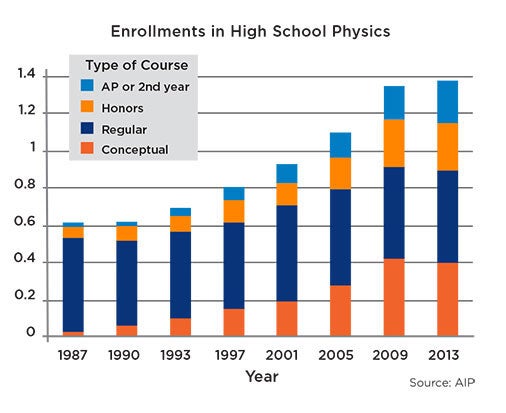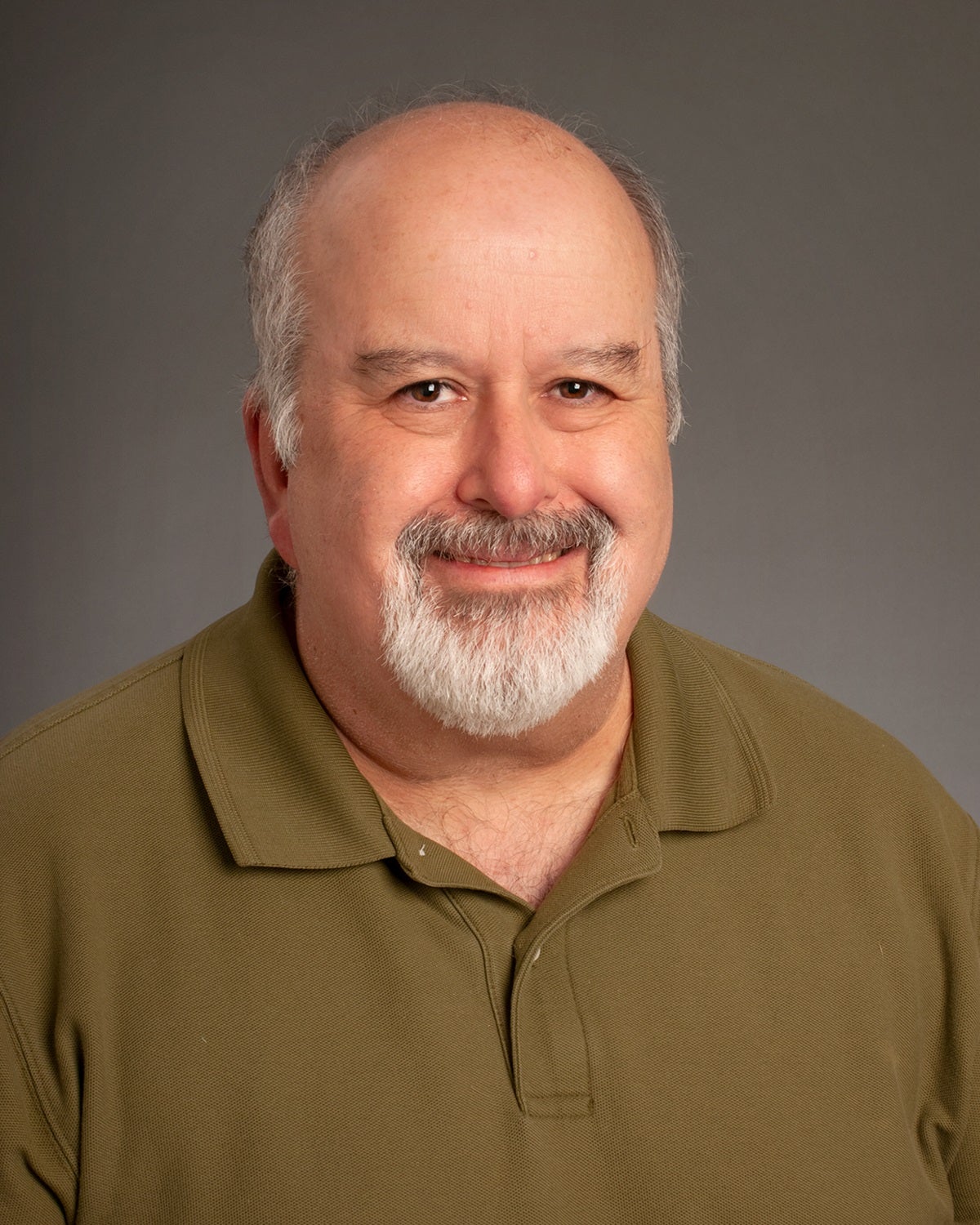
Make a Difference with your Physics Degree: Teach!
“Ask your undergraduate majors why they decided to study physics in the first place. By far the most common answer is:
‘I had a great high school physics teacher!’ ”
IDO Teach Physics
PhysTEC Videos
Bachelor of Science in Physics, Secondary Education Emphasis
The Ido Teach Physics emphasis provides a flexible career path with students earning a regular physics degree in addition to certification for teaching high school physics.
Physics is consistently one of the highest demand fields for secondary education teaching positions, with the number of students taking physics continually increasing.
Physics is one of the fields with the lowest fraction of teachers having a degree in the field.


Scholarship Information
The Physics Department at Boise State is offering additional scholarships to pay for the first two IDo Teach courses for physics majors. This is an easy and cost-free way to test the teaching waters.
Unequal Access to Physics Education
Access to a good science education is far from equitable. Results from the 2005 National Assessment of Education Progress (NAEP) showed large and persistent science achievement gaps among races and ethnicities at all grade levels. For example, 65% of white students were at or above the basic level in science compared to 19% of black and 30% of Hispanic students.
Fewer Physics Courses in High-Poverty Schools
High poverty schools are less likely to offer physics courses, especially advanced physics. In addition, teachers of physics at such schools are less likely to have a degree in physics or physics education. As the U.S. population becomes more diverse by race and ethnicity, these issues of unequal access to a good science education and the associated economic opportunities will only become more urgent.

Daryl Macomb, Ph.D.
Associate Professor
Multipurpose Classroom Building MPCB-423
(208) 426-2356
dmacomb@boisestate.edu

Tiffany Watkins, M.S.
Special Lecturer and Advising Coordinator
Multipurpose Classroom Building MPCB-312E
(208) 426-3724
tiffanywatkins@boisestate.edu
